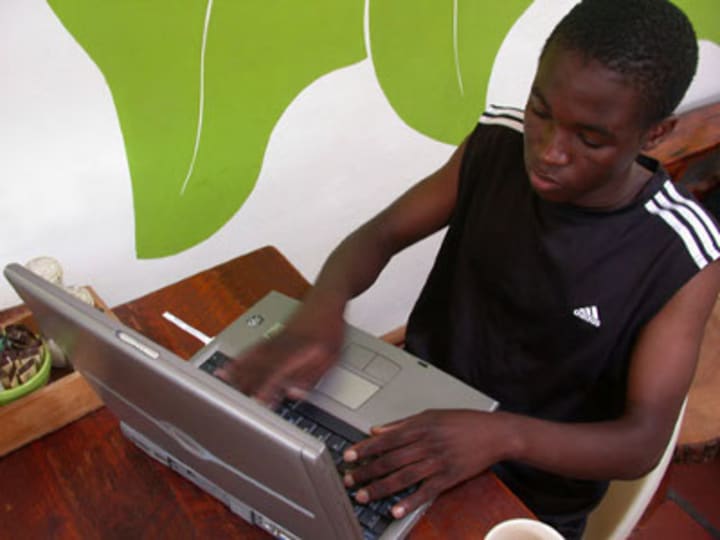
Expanding access to the Internet remains a challenge. In the past year, 65 percent of the world’s 7 billion people did not have access to the Internet, according to the International Telecommunication Union. This means lost job opportunities and, for development groups, inefficiencies and missed opportunities to win funding.
A consortium of private firms in different countries has put forward a possible solution to this digital problem: the use of “super Wi-Fi.”
Rolled out in North Carolina, USA, this January, super Wi-Fi is almost the same as your conventional Wi-Fi. The difference lies in the frequencies used. Normal Wi-Fi makes use of higher frequencies, usually at bands 2.4 or 5.8 gigahertz. It has a 100-meter range and cannot easily penetrate walls.
Super Wi-Fi, meanwhile, taps lower, unused frequencies between TV broadcast channels — often referred to as “TV white spaces” — that are below 1GHz. It travels farther and can overcome topographical barriers, making it feasible for use in countries like the Philippines, where it is planned to be tested by an alliance that includes Microsoft and others.
Here’s how it works: An online database identifies white spaces available to a smartphone or laptop with a white space radio chipset. The device, once activated, would report its location and then receive a set of available white space channels for it to operate on. Once established, the person using the device can access the Internet.
Accessing wireless technology this way is much cheaper than through conventional Wi-Fi, says Jeffrey Yan, Microsoft’s director of technology policy for Asia-Pacific.
More likely than not, making it work would require a partnership between the public and private sectors. For example, a company specializing in communications infrastructure may set up a TV white space network in a rural area. Or, a local government may opt to pay for base stations and let people use the Internet for free, attracting business and potentially raising revenue.
The technology spells promise for institutions eager to increase efficiency and connect with donors. Super Wi-Fi may help international NGOs to provide mobile health and other services to rural communities, and local NGOs to improve operations and gain the attention of more established counterparts and donors.
Aid groups could also tap super Wi-Fi in helping small and medium-sized enterprises grow their business. The Internet, according to a McKinsey Global Institute report published in May 2011, has a positive effect on SMEs. McKinsey’s survey of 4,800 SMEs showed those who used the Internet earned more and created more jobs than others.
Read our last #Innov8aid.
